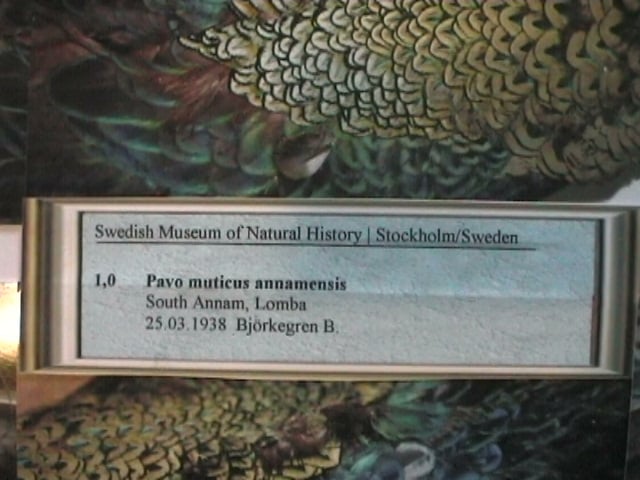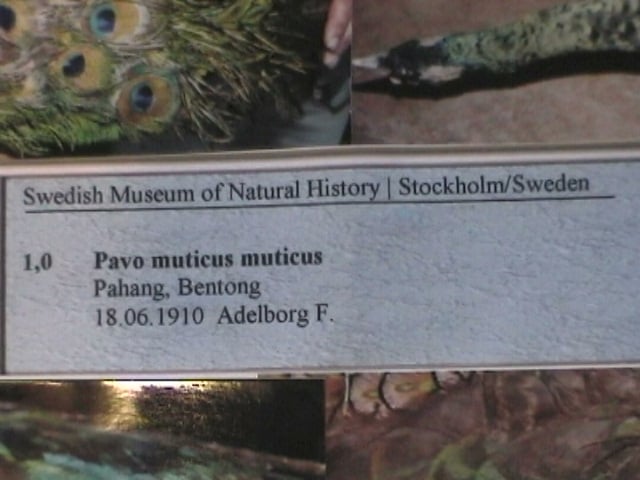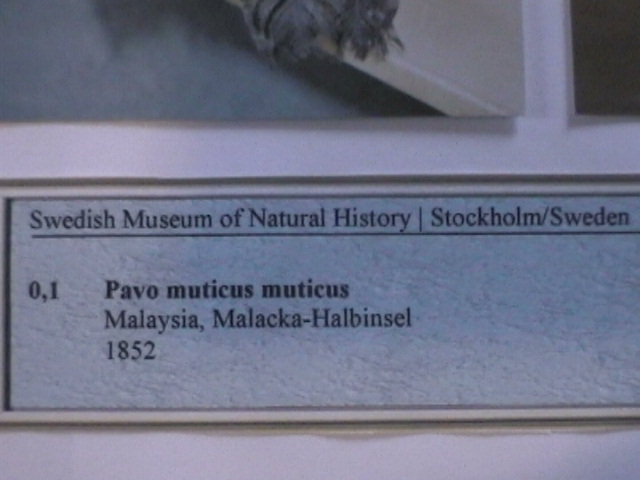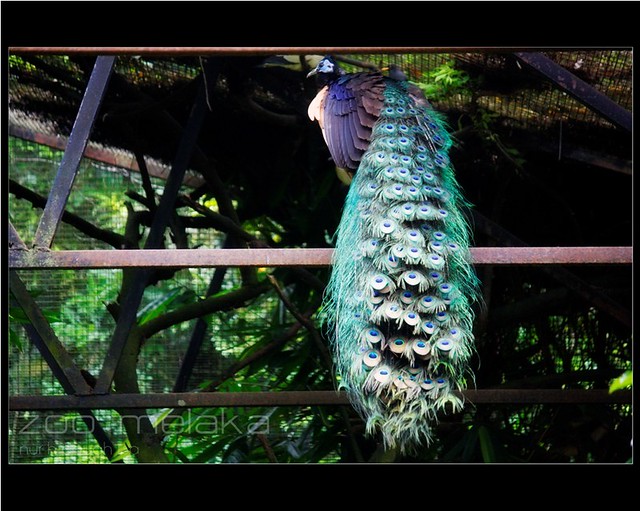I wonder why there are so many different forms of Kiwi on the South Island. Could this possibly be because of the topography of the island? Are some populations historically existing in different ecological systems or do they all live in precisely the same environment, just different places? Can they interbreed? What constitutes a barrier for a Kiwi?
I understand that they swim and dive well and can cover surprising distances on foot. These questions come back to the Javanese peafowl. Why are the peafowl of the northern western tip of Java so different in appearance from those of the far southern eastern corner?
Franky, the peafowl of Bali were native and became extinct during Dutch times. Wallace described them living on some of the islands south of Bali as well but they were on the verge of extinction. I think the birds of southern interior teak plantations of Java are the same as the Bali birds. They're the most golden of any peafowl I've ever seen and seem intermediate between the other two forms. I wonder if the other two forms did not diverge from that southern form. There was an endemic tiger native to Bali so there is no reason to assume that Green Peafowl did not also once exist there in the wild state. I read that there were what appear to be Green Peafowl bones uncovered in digs on Flores, which precede human (other than the "hobbit " arrival on that island.
As Green Peafowl are ecological specialists, they tend to not thrive in habitats that are marginal. Indian Peafowl on the other hand, are ecological generalists and thrive even in habitats that are very different from what they would naturally exist in. This is why Green Peafowl have not become naturalised in different countries the way that Indian Peafowl have. They tend to have a much higher mortality rate in captivity even now than the Indian Peafowl. Very few green peafowl survived shipment from Asia to Europe and consequently remained very rare in European countries until well into the 20th century.
Outside of Egypt, I've not heard of any naturalised populations of Green Peafowl, save for the recent introduction of composite Green Peafowl in Malaysia.
I understand that they swim and dive well and can cover surprising distances on foot. These questions come back to the Javanese peafowl. Why are the peafowl of the northern western tip of Java so different in appearance from those of the far southern eastern corner?
Franky, the peafowl of Bali were native and became extinct during Dutch times. Wallace described them living on some of the islands south of Bali as well but they were on the verge of extinction. I think the birds of southern interior teak plantations of Java are the same as the Bali birds. They're the most golden of any peafowl I've ever seen and seem intermediate between the other two forms. I wonder if the other two forms did not diverge from that southern form. There was an endemic tiger native to Bali so there is no reason to assume that Green Peafowl did not also once exist there in the wild state. I read that there were what appear to be Green Peafowl bones uncovered in digs on Flores, which precede human (other than the "hobbit " arrival on that island.
As Green Peafowl are ecological specialists, they tend to not thrive in habitats that are marginal. Indian Peafowl on the other hand, are ecological generalists and thrive even in habitats that are very different from what they would naturally exist in. This is why Green Peafowl have not become naturalised in different countries the way that Indian Peafowl have. They tend to have a much higher mortality rate in captivity even now than the Indian Peafowl. Very few green peafowl survived shipment from Asia to Europe and consequently remained very rare in European countries until well into the 20th century.
Outside of Egypt, I've not heard of any naturalised populations of Green Peafowl, save for the recent introduction of composite Green Peafowl in Malaysia.
Last edited:







